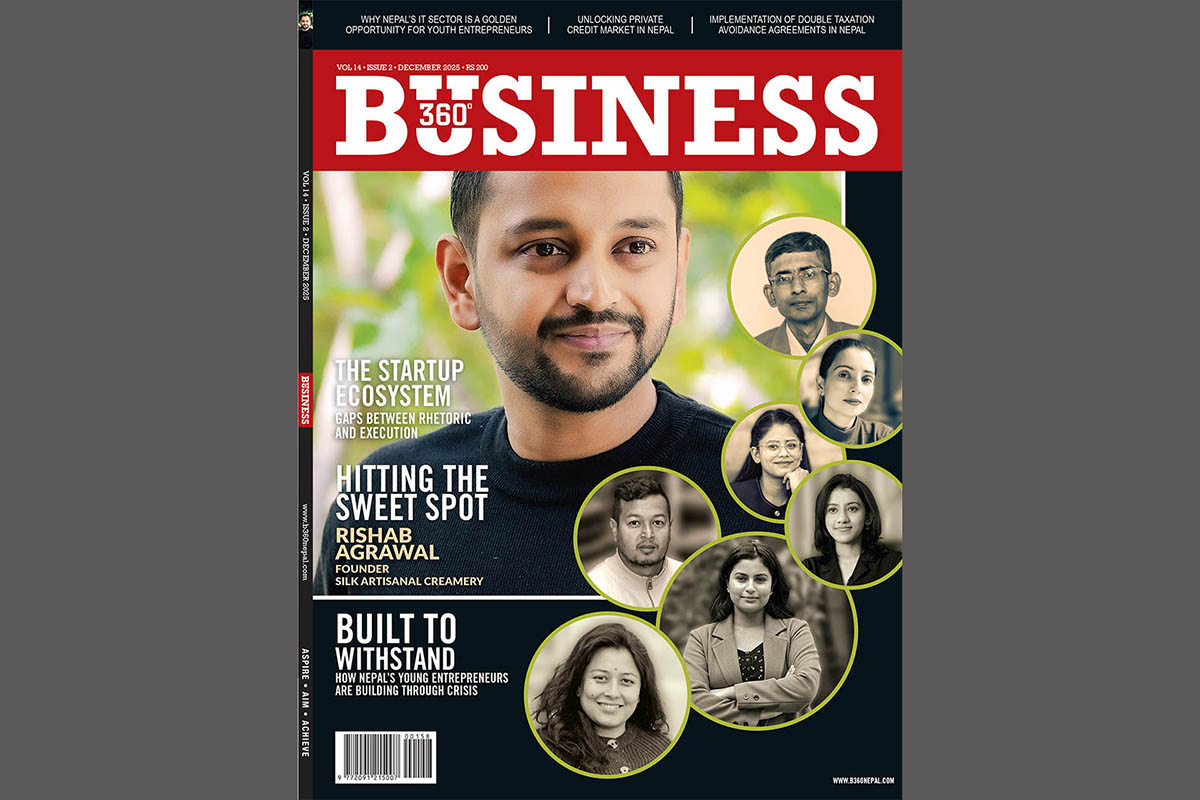
By Avant Shrestha
Once considered a luxury, buying a brand new car, today, is a surefire way to climb up the socio-economic ladder. Above all, possessing a vehicle has become a necessity for an individual to be productive and efficient. However, not everyone has the financial capability to purchase a brand new car every time a latest model rolls into the showroom. So the pre-owned car market not only aims to cater to the buyers looking for a cheaper option; it’s a market competing wheel to wheel with the brand new auto market.
It’s fair to claim that the auto-boom in Nepal is in full swing. Moreover, the pre-owned car market covers an enormous hold in its own respect. As Prabal Saakha, Founder of Hamro Bazaar and Director of Saakha Group explains, “The second-hand car market is huge because a major portion of the auto transaction occurs in this particular segment.” For example, when a buyer takes a car out of the showroom, a newly purchased vehicle can be naturally deemed as used even after a mere 10-15 days.
Stagnation
As big as the pre-owned car market is, the market does suffer slight stagnation year to year. As observed by Amir Khadka, Manager at Lucky Auto Link, “The second-hand car market was really good but in the past two years, it has slightly declined”. He believes the element of trust that people earlier had in the industry is losing ground. “It’s difficult to say but I think people are more interested in new cars today,” claims Khadka. Bal Krishna Shrestha proprietor of Good Automobile agrees with this statement. Shrestha expresses, “Some vehicle owners tend to be very negligent when it comes to taking care of their vehicles so when they sell off the vehicle to the next person, it is no longer in their optimum condition and consequently the new owner suffers. Thus most potential buyers prefer a brand new purchase.”
[su_quote]Buying a quality car is a big deal for us because we sell what we buy. Imagine a pre-owned automobile buyer who has been deceived; who happened to buy a car that was very unreliable; his next purchase would naturally be a brand new car.[/su_quote]There is also an underlining misconception when it comes to purchasing a pre-owned car. Most potential buyers assume that since it’s second-hand, it might not be in the best of condition. This deters potential pre-owned auto buyers. Rakesh Khadgi, owner of Baba Basera Auto Group emphasises, “Buying a quality car is a big deal for us because we sell what we buy. Imagine a pre-owned automobile buyer who has been deceived; who happened to buy a car that was very unreliable; his next purchase would naturally be a brand new car. So it’s very important to buy a car from a reliable source.”
As opposed to Khadka and Khadgi’s arguments that pre-owned car market is suffering a slight slump, Saakha states, “There is no such thing as pre-owned car market stagnating nor will it go down. However, yes, there might be a slight dip in the number of transactions per year”. It is difficult to see the pre-owned car market ever declining. The main reason being when there is so much purchase happening in the brand new segment, the volume of transactions in the pre-owned car market will logically increase.
Depreciation in Value
As Khadgi explains, “The rule of thumb is 10% depreciation after the initial purchase. So, in terms of finance, the value of the vehicle depreciates 10% in the first year, 15% in the second year and then you add 5% every year. And this will only last for five years because after that more or less the car’s value will come down to a nominal state. However, what we tell the customer is that any car less than five years old and has driven less than 30,000 kms would generally be in mint condition.”Additionally, to the depreciated value of the pre-owned car, the condition of the vehicle’s exterior, engine and performance is taken into strong consideration.
The influx of technologically savvy and high performance new models in the country may have also lowered the transactions of the pre-owned car market compared to previous years. Additionally, banks and financial institutions have become more cautious when it comes to second-hand auto loans. “Actually both pre-owned and brand new car markets are suffering a slight decline because of banks,” says Khadgi. In the current scenario, banking policies dissuade customers from purchasing pre-owned cars. Saakha expresses, “What I believe is that banks and financial institutions are focusing more on brand new car markets where majority of our value is lost within six-month time period. They have not focused on a market where the value of a product has come to the point of stabilisation”. Khadgi shares, “What banks have done is made the EMI for brand new cars very easy.”Basically, banks look for secured investment. Pujan Baidhya, Head, Central Loan Division of Sanima Bank claims, “Only a few selective customers are considered for loans for used cars because there are a number of things that have to be considered: valuation of the vehicle, condition, year of manufacture. Plus, EMI interest fluctuates and tenure is low for used cars being four years while it is seven years for brand new cars.”
Driving factors for pre-owned vehicles
The major factor that influences people to purchase a pre-owned car is that it comes cheaper. “Generally, when buying a new car, the buyer has to consider the resale value because the initial price and value is already depreciated. On the other hand, the buyer does not necessarily need to consider the resale value because the price for the pre-owned car has already depreciated to the market value. Imagine, you buy a brand new car for 30 lakhs, by the time you drive it home it’s already depreciated by 10%; from showroom to your house, three lakhs gone,” explains Khadgi.
Steps to buy pre-owned vehicles
The process is straight forward. 90% of the brand new and pre-owned cars are courtesy of bank loans. Car dealers quote the price of the automobiles. That quotation is taken to the bank. The bank looks into credit scoring, debtor’s affordability, and earning and expenditure is considered. And the bank categorises your expendable cash which can be used to buy a vehicle. If you fulfill the criteria, then the second option is the valuation process.
However, no valuation process is required for brand new cars. But for the pre-owned cars, banks assign their engineers and valuators to conduct a market survey, check the condition of the car and gives quality assurance. They make legit documents and give it to the bank. Name transfers to the bank. Bank gives DU letter and assurance letter saying the bank will pay said amount of money and finally the name transfers to the buyer.
Khadga claims, “Almost all cars are popular, however, there are two categories. One segment of buyers prefers SUVs and jeeps like Toyota, Terrace, Land Cruiser and Kia Sportage while the other half prefers smaller hatchbacks such as Hyundai i10, Santro and Suzuki Swift”. Yet, it also depends on the socio-economic status and the personal preference of buyers.




-1765706286.jpg)
-1765699753.jpg)